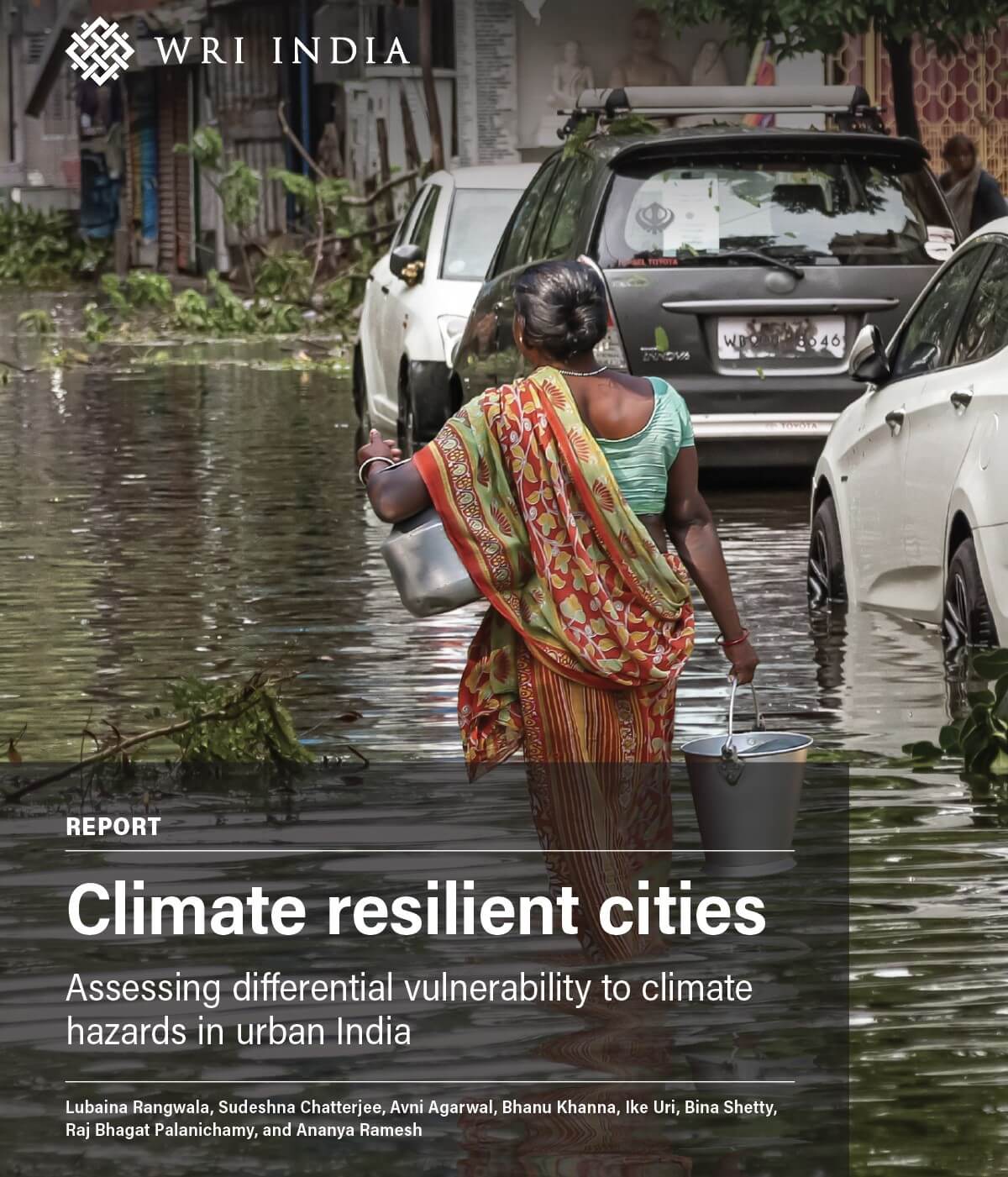Building a Smooth Road Map for City Bus Systems in India
by -
City buses, plying on both long and short distance routes, are the primary mode of transport for majority Indians, with over 25 billion trips recorded in 2014-15. The most vulnerable sections of society depend on buses as one of the cheapest and the most convenient means of commute, in small, medium and metro cities alike. Unfortunately, despite being the backbone of urban mobility, bus penetration in India is dismal. There are 1.29 buses per 1000 people in India, compared to China’s 1.89 and UK’s 2.77, and less than a fifth of Brazil’s 10.3, as of 2009 (Bus Karo 2.0 – Case Studies from India, 2014). These numbers have seen little improvement over the years. A few years ago, several public bus operators purchased as well as upgraded their fleet under the (erstwhile) Jawaharlal Nehru National Urban Renewal Mission (JNNURM). Several policy and operations based reforms were made, technology like the Intelligent transportation systems (ITS) was introduced, branding marketing improved and there was a significant increase in Bus Rapid Transit (BRT) Systems, while optimised city bus services came into effect.
Despite such changes, operational and financial efficiency of bus systems in India required urgent overhaul. A high-powered expert committee on urban infrastructure set up by the Ministry of Urban Development (MoUD) estimated that cities in India will need about 150,000 buses, amounting to approximately Rs. 600 billion by the year 2030. Today, bus-based public transport in India is provided by 54 (government-owned) corporations, departments, or STUs. Recognizing the lacuna in the current bus accessibility and standards, and its fast growing demand, WRI India launched its campaign Bus Karo in 2009. The campaign aimed at improving bus services in India by providing technical support to public transit agencies and private operators, strengthening their capacity and sharing best practices.
Seven years on, we see a clear way forward: with persistent work, we envision bus transport in urban India to comprise at least half of the modal share of all motorized trips in cities. It is expected that 10 million or more people in metropolitans and at least one-third people in small and medium-sized cities will be using buses. With minimal investment and greater efficiency bus transport could be the future of the fast developing Indian cities. However, to help them achieve better penetration in cities, while ensuring that travel quality, frequencies and cost remain effective, some key reforms are required:
Policy Measures
There is a need to roll out a Central scheme to support bus reforms in India. State governments need to focus on supporting transport agencies by funding capital costs or facilitating soft loans.
In addition, rationalizing and standardizing tax structure can be a key focus for more efficient bus service systems. Unlike other mass transits in India (like metro rail services), public buses are levied hefty taxes including the Motor Vehicle Tax, Passenger Tax, Excise Duty and Sales Tax/VAT etc. State level and direct taxes are also levied. Public operators should be exempt from any tax obligation.
Safety
Every year, more than 5,000 fatalities and 20,000 injuries involve bus accidents. To improve safety features and designs in buses is critical.
Emissions
The key role of emission-reduction technologies and improved fuel economy needs to be understood, especially at the macro-level. The regulatory and legal challenges associated with electric and hybrid, articulated and fuel cell buses need to be clearly understood by all relevant stakeholders and formulated.
Maintenance
Maintenance support, availability of spare parts, restrictions on sale of spare parts and product quality should be addressed.


